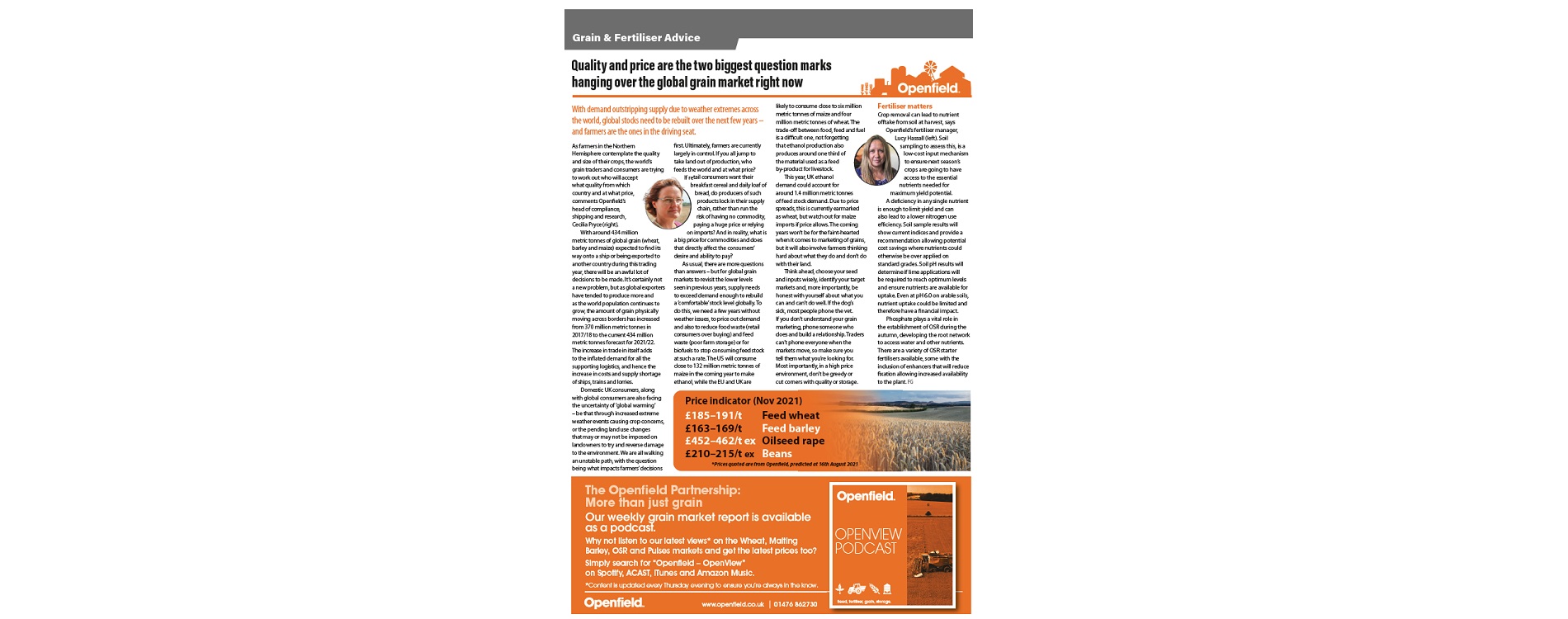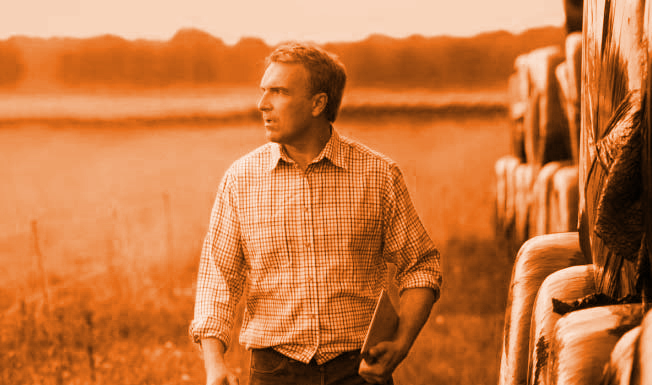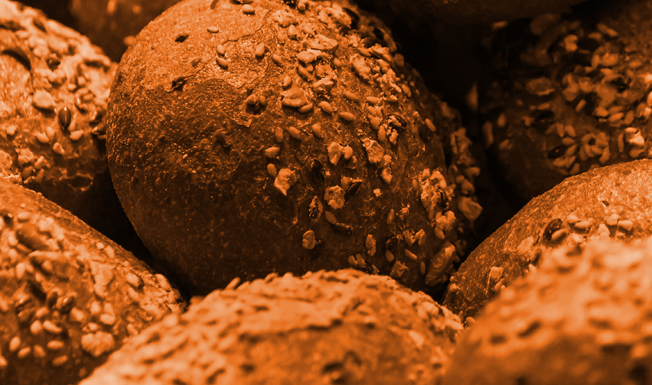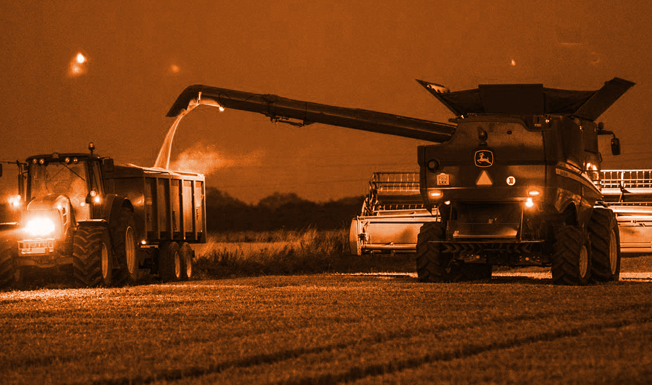Quality and price are the two biggest question marks hanging over the global grain market right now
With demand outstripping supply due to weather extremes across the world, global stocks need to be rebuilt over the next few years – and farmers are the ones in the driving seat.
As farmers in the Northern Hemisphere contemplate the quality and size of their crops, the world’s grain traders and consumers are trying to work out who will accept what quality from which country and at what price, comments Openfield’s head of compliance, shipping and research, Cecilia Pryce. With around 434 million metric tonnes of global grain (wheat, barley and maize) expected to find its way onto a ship or being exported to another country during this trading year, there will be an awful lot of decisions to be made. It’s certainly not a new problem, but as global exporters have tended to produce more and as the world population continues to grow, the amount of grain physically moving across borders has increased from 370 million metric tonnes in 2017/18 to the current 434 million metric tonnes forecast for 2021/22. The increase in trade in itself adds to the inflated demand for all the supporting logistics, and hence the increase in costs and supply shortage of ships, trains and lorries. Domestic UK consumers, along with global consumers are also facing the uncertainty of ’global warming’ – be that through increased extreme weather events causing crop concerns, or the pending land use changes that may or may not be imposed on landowners to try and reverse damage to the environment. We are all walking an unstable path, with the question being what impacts farmers’ decisions first.
Ultimately, farmers are currently largely in control. If you all jump to take land out of production, who feeds the world and at what price? If retail consumers want their breakfast cereal and daily loaf of bread, do producers of such products lock in their supply chain, rather than run the risk of having no commodity, paying a huge price or relying on imports? And in reality, what is a big price for commodities and does that directly affect the consumers’ desire and ability to pay? As usual, there are more questions than answers – but for global grain markets to revisit the lower levels seen in previous years, supply needs to exceed demand enough to rebuild a ’comfortable’ stock level globally. To do this, we need a few years without weather issues, to price out demand and also to reduce food waste (retail consumers over buying) and feed waste (poor farm storage) or for biofuels to stop consuming feed stock at such a rate. The US will consume close to 132 million metric tonnes of maize in the coming year to make ethanol, while the EU and UK are likely to consume close to six million metric tonnes of maize and four million metric tonnes of wheat. The trade off between food, feed and fuel is a difficult one, not forgetting that ethanol production also produces around one third of the material used as a feed by-product for livestock. This year, UK ethanol demand could account for around 1.4 million metric tonnes of feed stock demand. Due to price spreads, this is currently earmarked as wheat, but watch out for maize imports if price allows. The coming years won’t be for the faint-hearted when it comes to marketing of rains, but it will also involve farmers thinking hard about what they do and don’t do with their land.
Think ahead, choose your seed and inputs wisely, identify your target markets and, more importantly, be honest with yourself about what you can and can’t do well. If the dog’s sick, most people phone the vet. If you don’t understand your grain marketing, phone someone who does and build a relationship. Traders can’t phone everyone when the markets move, so make sure you tell them what you’re looking for. Most importantly, in a high price environment, don’t be greedy or
cut corners with quality or storage.
Fertiliser matters
Crop removal can lead to nutrient offtake from soil at harvest, says Openfield’s fertiliser manager, Lucy Hassall. Soil sampling to assess this, is a low-cost input mechanism to ensure next season’s crops are going to have access to the essential nutrients needed for maximum yield potential. A deficiency in any single nutrient is enough to limit yield and can also lead to a lower nitrogen use efficiency. Soil sample results will show current indices and provide a recommendation allowing potential cost savings where nutrients could otherwise be over applied on standard grades. Soil pH results will determine if lime applications will be required to reach optimum levels and ensure nutrients are available for uptake. Even at pH 6.0 on arable soils, nutrient uptake could be limited and therefore have a financial impact. Phosphate plays a vital role in the establishment of OSR during the autumn, developing the root network to access water and other nutrients.
There are a variety of OSR starter fertilisers available, some with the inclusion of enhancers that will reduce fixation allowing increased availability to the plant.




